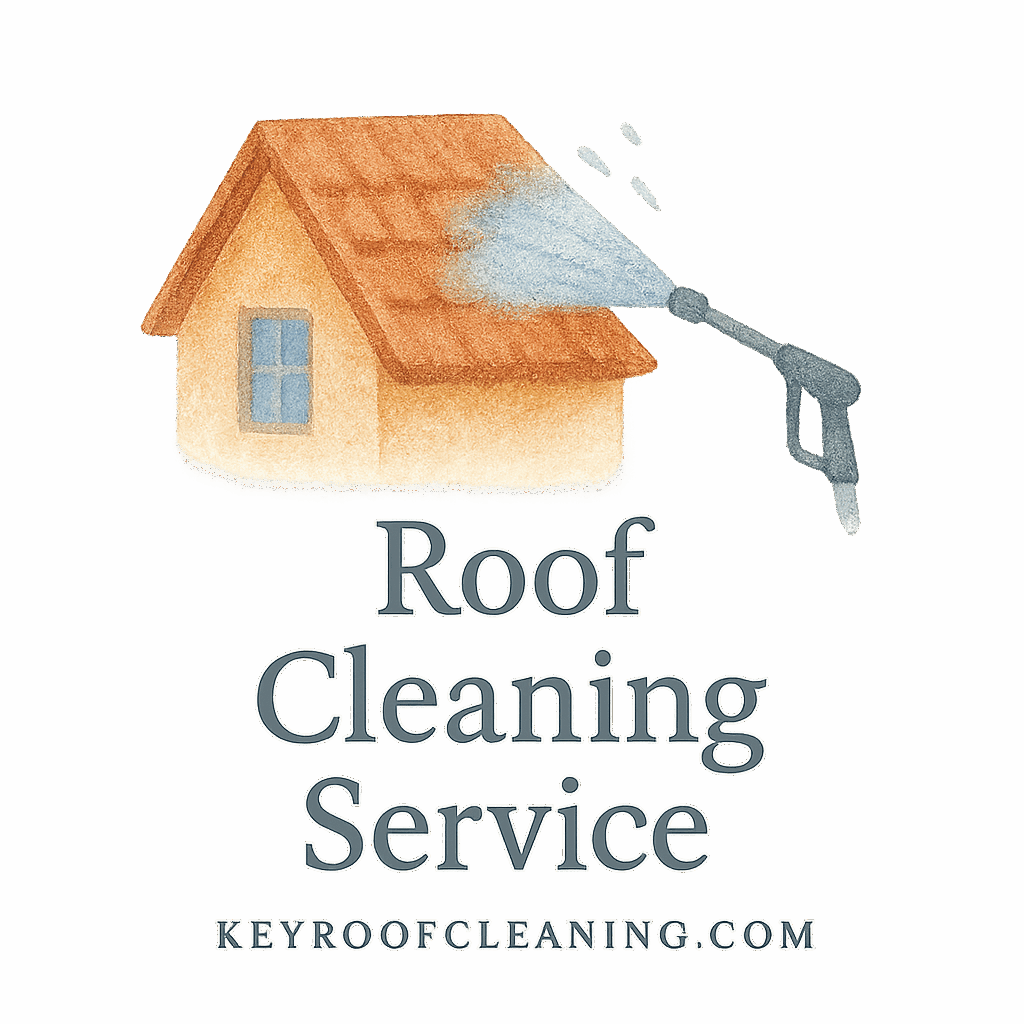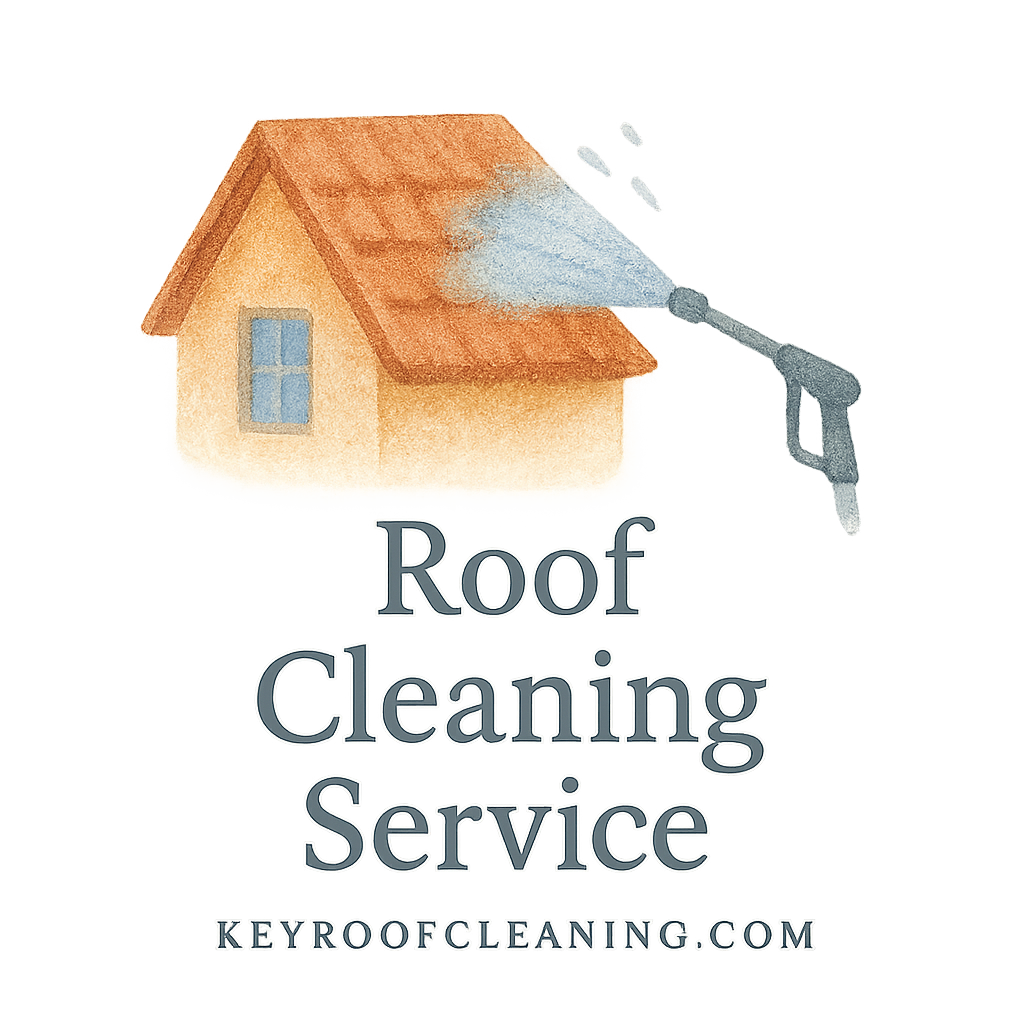Introduction: What’s All the Buzz About Roof Cleaning?
Roof cleaning might sound like one of those chores you can push off forever, but in reality, it plays a critical role in the health and longevity of your home. Whether it’s mold, mildew, algae, or general gunk, your roof takes a beating. And when it comes to cleaning it? That’s where soft washing vs pressure washing comes into play.
Let’s break down the five key differences between these two popular roof cleaning methods so you can make an informed decision—and maybe save your roof (and wallet) in the process.
Understanding the Basics of Roof Cleaning
What is Roof Cleaning?
Roof cleaning involves removing debris, algae, moss, mold, and stains from your roof. It enhances curb appeal and, more importantly, extends the life of your shingles or tiles. It’s not just about looking good—it’s about preventing damage.
Learn more in the Basics of Roof Cleaning guide.
Why Roof Cleaning Matters for Your Home
A neglected roof can lead to leaks, structural damage, insulation issues, and even pest infestations. Whether you choose soft washing or pressure washing, cleaning is essential. You wouldn’t skip a shower for a month, would you? Think of your roof the same way.
What is Pressure Washing?
The Force Behind Pressure Washing
Pressure washing uses high-pressure water (often 1300–3100 PSI) to blast away grime. It’s powerful—think fire hose strength. This method is ideal for hard, durable surfaces.
Explore different roof cleaning techniques to understand where pressure washing fits in.
Where Pressure Washing Works Best
Driveways, sidewalks, and even some metal roofing benefit from pressure washing. But when it comes to traditional shingles or delicate tile, the story changes…
What is Soft Washing?
The Science Behind Soft Washing
Soft washing uses lower pressure combined with specialized cleaning solutions. It’s more about science than strength. Soft washing targets the root of the problem—usually organic growth like algae and mildew.
Check out our eco-friendly tools and products specifically designed for soft washing.
When to Use Soft Washing Instead
Soft washing is ideal for shingle roofs, cedar shakes, slate, and clay tiles. These materials are prone to damage under high pressure, so the soft approach is kinder—and smarter.
Difference #1: Pressure Level and Force
Let’s start with the obvious: the pressure. Soft washing uses pressures below 500 PSI. Pressure washing? We’re talking 1300–3100 PSI. That’s a big deal.
While pressure washing relies on brute force, soft washing leans into chemical reactions. That’s why soft washing is safer for fragile surfaces. It’s like cleaning your face—do you want a gentle cleanser or a sandblaster?
Difference #2: Roof Type Compatibility
Handling Delicate Roof Materials
Not all roofs are created equal. Asphalt shingles, clay tiles, and cedar shakes can be destroyed by high pressure. Pressure washing can knock off granules, break tiles, and void warranties.
Soft washing, on the other hand, is ideal for delicate roof types. It’s specifically recommended in our roof types and materials guide.
Difference #3: Chemicals and Cleaning Agents
Biodegradable and Eco-Friendly Options
Soft washing involves chemicals—usually biodegradable and environmentally safe ones. These solutions eliminate algae at the root.
Want to go green? Check out our resources on eco-friendly, green methods, and biodegradable cleaning.
Pressure washing typically skips chemicals and relies solely on water pressure, which sounds greener—but the runoff can be more damaging if it includes loosened contaminants and spores.

Difference #4: Risk of Damage and Safety Concerns
Ladder Safety and OSHA Considerations
Using high-pressure equipment on a slanted roof while balancing on a ladder? That’s a recipe for disaster. OSHA guidelines emphasize safe practices, especially when working at heights. Learn more about ladder safety and OSHA requirements.
Preventing Roof Damage During Cleaning
Soft washing significantly reduces the risk of damage. No blown-off shingles or cracked tiles. For long-term homeowners, this makes a huge difference in maintenance costs and roof health.
For more tips, check our maintenance and safety hub.
Difference #5: Long-Term Results and Maintenance
How Long Does Each Method Last?
Pressure washing clears the surface but often leaves spores behind, meaning moss and algae can come back sooner. Soft washing kills these spores, giving you results that last much longer.
Ongoing Roof Maintenance and Checklists
Whichever method you choose, maintenance is key. Follow a seasonal roof cleaning checklist to avoid expensive surprises later.
Soft Washing vs Pressure Washing: A Quick Comparison Table
| Feature | Pressure Washing | Soft Washing |
|---|---|---|
| PSI | 1300–3100 | Under 500 |
| Best For | Hard surfaces (metal, concrete) | Delicate roofs (shingles, tile) |
| Uses Chemicals | Rarely | Yes, eco-friendly |
| Damage Risk | High | Low |
| Longevity | Short-term clean | Long-lasting clean |
Hiring a Roof Cleaning Professional: What to Know
Key Tips for Hiring the Right Expert
Not all pros are created equal. Look for experience, certification, and reviews. Need help? Browse our tips for hiring professionals who know their stuff.
Avoiding Common Pitfalls
Don’t just hire the cheapest. Ask if they use soft or pressure washing, check for insurance, and confirm they follow safety protocols.
More tips in our professional service section.
Eco-Conscious Roof Cleaning Methods
Sustainability and Green Living at the Core
More homeowners are switching to sustainable cleaning options. It’s not just about your roof—it’s about your planet.
Read more on green living, sustainability, and how your roof choices impact the environment.
Conclusion: Which Roof Cleaning Method is Right for You?
At the end of the day, it depends on your roof type, your priorities (budget, safety, environment), and your desired results. If you have a delicate roof, care about long-term results, and want to be eco-conscious, soft washing is your best bet.
Pressure washing has its place, but it’s not always the answer. Before you decide, evaluate your roof and lean into professional advice. Visit Key Roof Cleaning for more expert resources.
FAQs
1. Can I soft wash my roof myself?
Yes, but it requires the right equipment and safety knowledge. It’s often best left to the pros.
2. Is pressure washing safe for asphalt shingles?
Not recommended. It can strip away granules and reduce the lifespan of your shingles.
3. How often should I clean my roof?
Every 1–3 years, depending on climate and organic growth in your area.
4. Are the chemicals used in soft washing harmful to pets?
Most are biodegradable, but always keep pets indoors during and immediately after cleaning.
5. Will roof cleaning void my warranty?
Only if done incorrectly. Many manufacturers recommend soft washing over pressure washing.
6. Which method is more affordable?
Pressure washing might seem cheaper upfront, but soft washing often delivers longer results, saving you money in the long run.
7. Where can I find a checklist for roof cleaning prep?
Right here: Roof Cleaning Checklist


